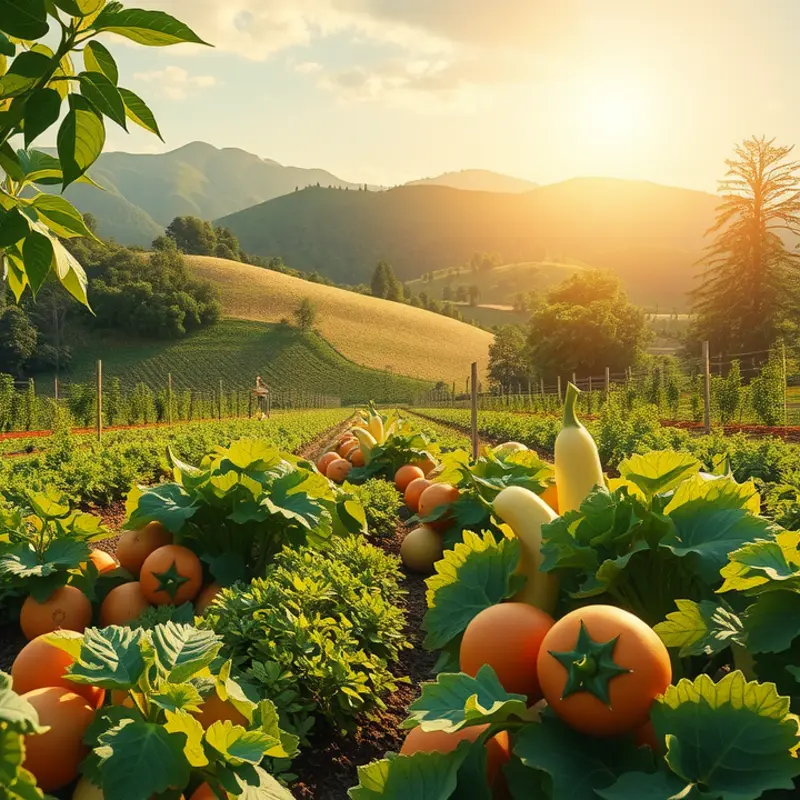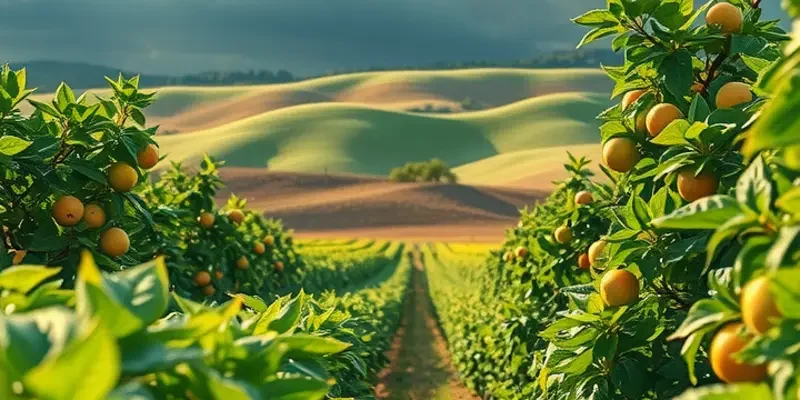Effective food storage is crucial not only for minimizing waste but also for ensuring safety and freshness in your kitchen. Discover innovative container storage hacks that simplify food management, making it easier to enjoy your meals and keep track of what you have on hand. From organizing leftovers to prolonging the shelf-life of fruits and vegetables, each tip aims to empower you in achieving a clutter-free kitchen and healthier eating habits.
Smart Strategies for Leftover Storage

Leftovers, when stored effectively, can give you more culinary adventures while reducing waste. The art of saving leftovers lies in selecting the appropriate containers and spaces in your fridge. Often, leftovers spoil due to improper storage or forgetfulness. With a few strategic moves, you can extend the life of those savory delights.
Choose the Right Containers
The primary rule for storing leftovers is using air-tight containers. These keep moisture out and flavor in. Glass containers are particularly effective as they prevent odors from seeping in or out, maintaining freshness. To maximize space, opt for stackable container sets. Ensure your containers are clear, so you can see what’s inside, reducing the chances of forgotten food.
Label and Date Everything
Misplaced containers without labels become a guessing game of what’s still safe to eat. Use easy-peel labels or masking tape to mark the contents and the date of storage. Labeling is especially important for meal prep enthusiasts and large families. Develop a habit of rotating items based on their storage date, consuming older leftovers first.
Smart Placement Techniques
The temperature gradient within your fridge can make a difference. Leftovers should go in the upper shelves, where the temperature remains more constant. Avoid the fridge door for perishables, as it exposes food to temperature fluctuations every time the door opens. For easy access and visibility, keep the most perishable items at eye level, and less perishable ones lower.
Portion Control
When placing leftovers in containers, divide them into meal-sized portions. This strategy not only makes for easy reheating but also minimizes exposure to air. If repurposing leftovers into new dishes, such as transforming grilled chicken into a stir fry, smaller portions allow for versatility without over-committing any dish.
Implement the First-In-First-Out (FIFO) System
This system is standard in professional kitchens and can work magic in your home. Organize your fridge so that older items move to the front, and newly stored leftovers go to the back. This practice encourages you to consume food before it spoils, thus minimizing waste. Setting reminders on your phone for certain items can help if you tend to forget what’s at the back of the fridge.
For those following specific diets, like keto, you might find some inspiration by visiting recipes such as Zucchini Noodles with Avocado Pesto. Leftovers from these dishes can also be creatively stored and enjoyed later.
Freezing for Long-Term Storage
For leftovers that won’t be consumed within a few days, freezing acts as a perfect preservation method. Most items freeze well, from soups to cooked grains. For best results, cool food rapidly before freezing, and use freezer-safe containers or bags to prevent freezer burn. Always leave a bit of space at the top of containers, as food expands when frozen.
By following these smart strategies, you’ll not only enjoy your meals a second time but also contribute to a more organized and sustainable kitchen environment. Every saved meal is a step closer to mastering smart food management, making both your conscience and wallet a little richer.
Optimizing Fresh Produce Storage

Keeping fruits and vegetables fresh involves understanding their unique attributes and storage needs. Each type of produce has its own optimal conditions, which, when met, can significantly extend its shelf life. To make the most of your produce, consider these smart hacks to minimize waste and enhance longevity.
Use the Right Containers: Airtight containers are perfect for fruits like berries, which require a dry, cool environment. Meanwhile, leafy greens benefit from a breathable bag, allowing moisture to escape and preventing rot. Investing in stackable glass containers can optimize space and ensure easy visibility.
Separate Ethylene Producers: Some fruits, such as apples, bananas, and avocados, emit ethylene gas, which can hasten ripening and spoilage. Store such items away from other produce unless you want to speed up the ripening process intentionally. If you need those avocados ripe for your Zucchini Noodles with Avocado Pesto, place them near bananas.
Temperature Matters: Not all produce thrives in the refrigerator. Tomatoes, for instance, lose flavor and texture when refrigerated. Instead, store them on the counter. Similarly, squash and potatoes are best in a cool, dark place. On the other hand, carrots and berries prefer the crisper drawer where they can maintain their crunch and freshness longer.
Humidity Control: Utilize your fridge’s humidity drawers to prolong the life of your produce. High-humidity drawers suit most leafy greens, celery, and broccoli. Lower humidity settings benefit apples, pears, and plums. This minor adjustment can prevent premature spoilage effectively.
Timing of Washing: Wash produce only when you’re ready to use it. Washing fruits and vegetables before storing them can introduce moisture, promoting mold and decay. For convenience, wash and thoroughly dry items like lettuce and herbs, then wrap them in a dry cloth or paper towel before storing in breathable bags.
Herbs Need Special Care: Herbs are delicate and need special attention. Treat them like flowers: trim the ends, place them in a glass of water, cover loosely with a plastic bag, and refrigerate. This strategy can keep herbs like basil and parsley fresh for over a week.
Plan and Rotate: Always plan meals to ensure older produce is used first. Rotate your produce similarly to items in a grocery store. This strategy minimizes waste and ensures freshness. Additionally, take a weekly inventory of your produce supply to prevent over-buying.
Mastering these storage practices not only saves money but also enhances your cooking experiences. By tailoring your approach to each variety of produce, you can ensure a longer shelf life, vibrant flavors, and nutrient-rich meals each time. Now that you’re armed with these strategies, your journey in sustainable food management continues to unfold with greater success.
Final words
Effective food storage not only contributes to minimizing waste but also enhances your cooking experience by ensuring that all ingredients are fresh and ready to use. By implementing simple yet effective container storage hacks, you can significantly improve your food management processes at home. Remember, organization is key! With these tips, enjoy the benefits of a more streamlined kitchen, reduce your food waste, and create delicious meals with the ingredients you already have on hand.







